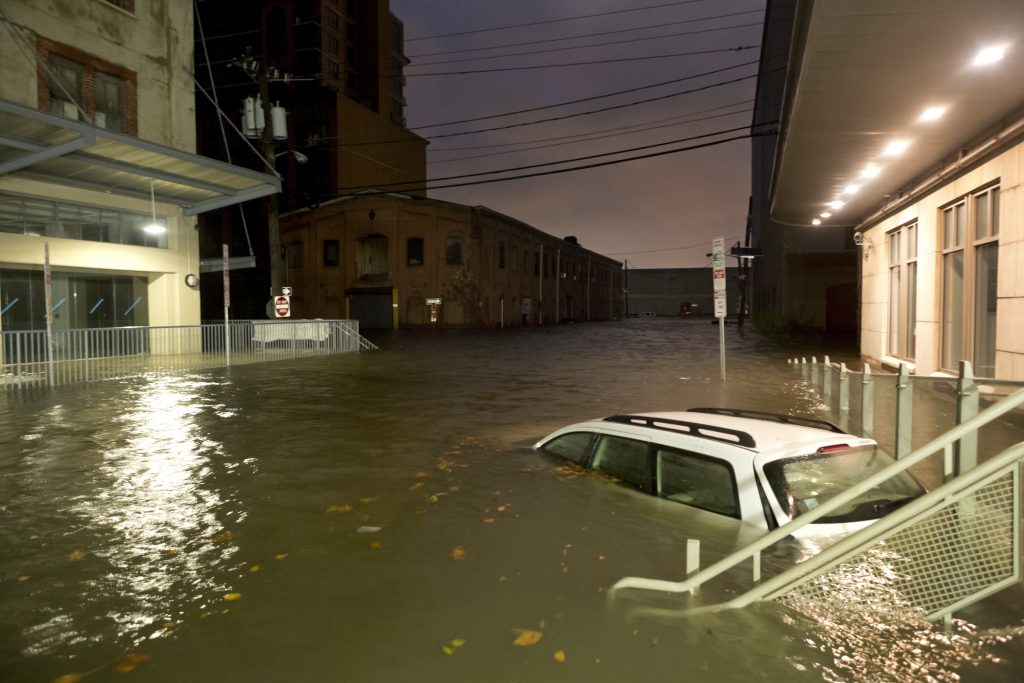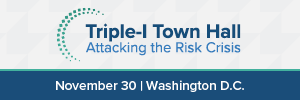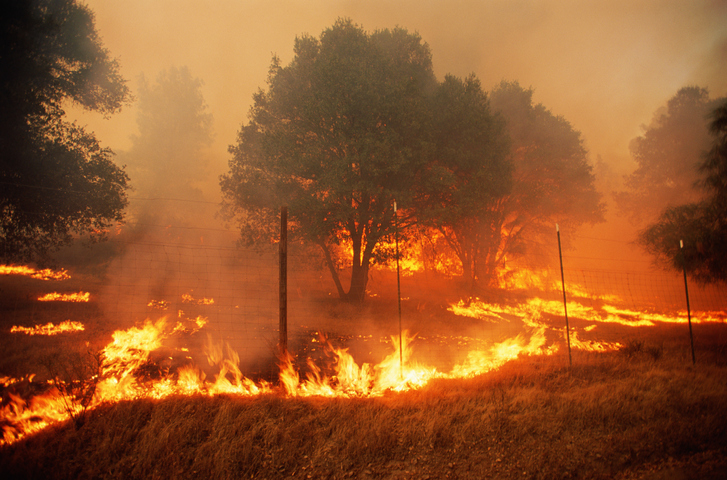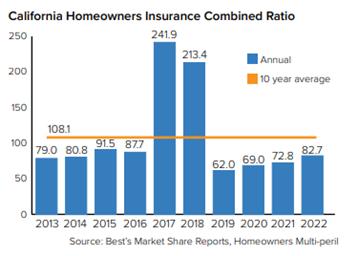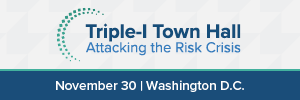
The Colorado Division of Insurance’s recent adoption of regulations to govern life insurers’ use of any external consumer data and information sources is the first step in implementing legislation approved in 2021 aimed at protecting consumers in the state from insurance practices that might result in unfair discrimination.
Property/casualty insurers doing business in Colorado should be keeping an eye on how the legislation is implemented, as rules governing their use of third-party data will certainly follow.
The implementation regulations, which have been characterized as a “scaling back” of a prior draft release in February, require life insurers using external data to establish a risk-based governance and risk-management framework to determine whether such use might result in unfair discrimination with respect to race and remediate unfair discrimination, if detected. If the insurer uses third-party vendors and other external resources, it is responsible under the new rules for ensuring all requirements are met.
Life insurers must test their algorithms and models to evaluate whether any unfair discrimination results and implement controls and process to adjust their use of AI, as necessary. They also must maintain documentation including descriptions and explanations of how external data is being used and how they are testing their use of external data for unfair discrimination. The documentation must be available upon the regulator’s request, and each insurer must report its progress toward compliance to the Division of Insurance.
The revised draft no longer focuses on “disproportionately negative outcomes” that would have included results or effects that “have a detrimental impact on a group” of protected characteristics “even after accounting for factors that define similarly situated consumers.” Removing that term altogether, the revised draft shifts focus to requiring “risk-based” governance and management frameworks.
This change is significant. As Triple-I has expressed elsewhere, risk-based pricing of insurance is a fundamental concept that might seem intuitively obvious when described – yet misunderstandings about it regularly sow confusion. Simply put, it means offering different prices for the same level of coverage, based on risk factors specific to the insured person or property. If policies were not priced this way – if insurers had to come up with a one-size-fits-all price for auto coverage that didn’t consider vehicle type and use, where and how much the car will be driven, and so forth – lower-risk drivers would subsidize riskier ones.
Risk-based pricing allows insurers to offer the lowest possible premiums to policyholders with the most favorable risk factors. Charging higher premiums to insure higher-risk policyholders enables insurers to underwrite a wider range of coverages, thus improving both availability and affordability of insurance. This straightforward concept becomes complicated when actuarially sound rating factors intersect with other attributes in ways that can be perceived as unfairly discriminatory.
Algorithms and machine learning hold great promise for ensuring equitable pricing, but research has shown these tools also can amplify any biases in the underlying data. The insurance and actuarial professions have been researching and attempting to address these concerns for some time (see list below).
Want to know more about the risk crisis and how insurers are working to address it? Check out Triple-I’s upcoming Town Hall, “Attacking the Risk Crisis,” which will be held Nov. 30 in Washington, D.C.

Triple-I Research
Issues Brief: Risk-Based Pricing of Insurance
Issues Brief: Race and Insurance Pricing
Research from the Casualty Actuarial Society
Defining Discrimination in Insurance
Methods for Quantifying Discriminatory Effects on Protected Classes in Insurance
Understanding Potential Influences of Racial Bias on P&C Insurance: Four Rating Factors Explored
Approaches to Address Racial Bias in Financial Services: Lessons for the Insurance Industry
From the Triple-I Blog
Illinois Bill Highlights Need for Education on Risk-Based Pricing of Insurance Coverage
How Proposition 103 Worsens Risk Crisis in California
It’s Not an “Insurance Crisis” – It’s a Risk Crisis
IRC Outlines Florida’s Auto Insurance Affordability Problems
Education Can Overcome Doubts on Credit-Based Insurance Scores, IRC Survey Suggests
Matching Price to Peril Helps Keep Insurance Available and Affordable


